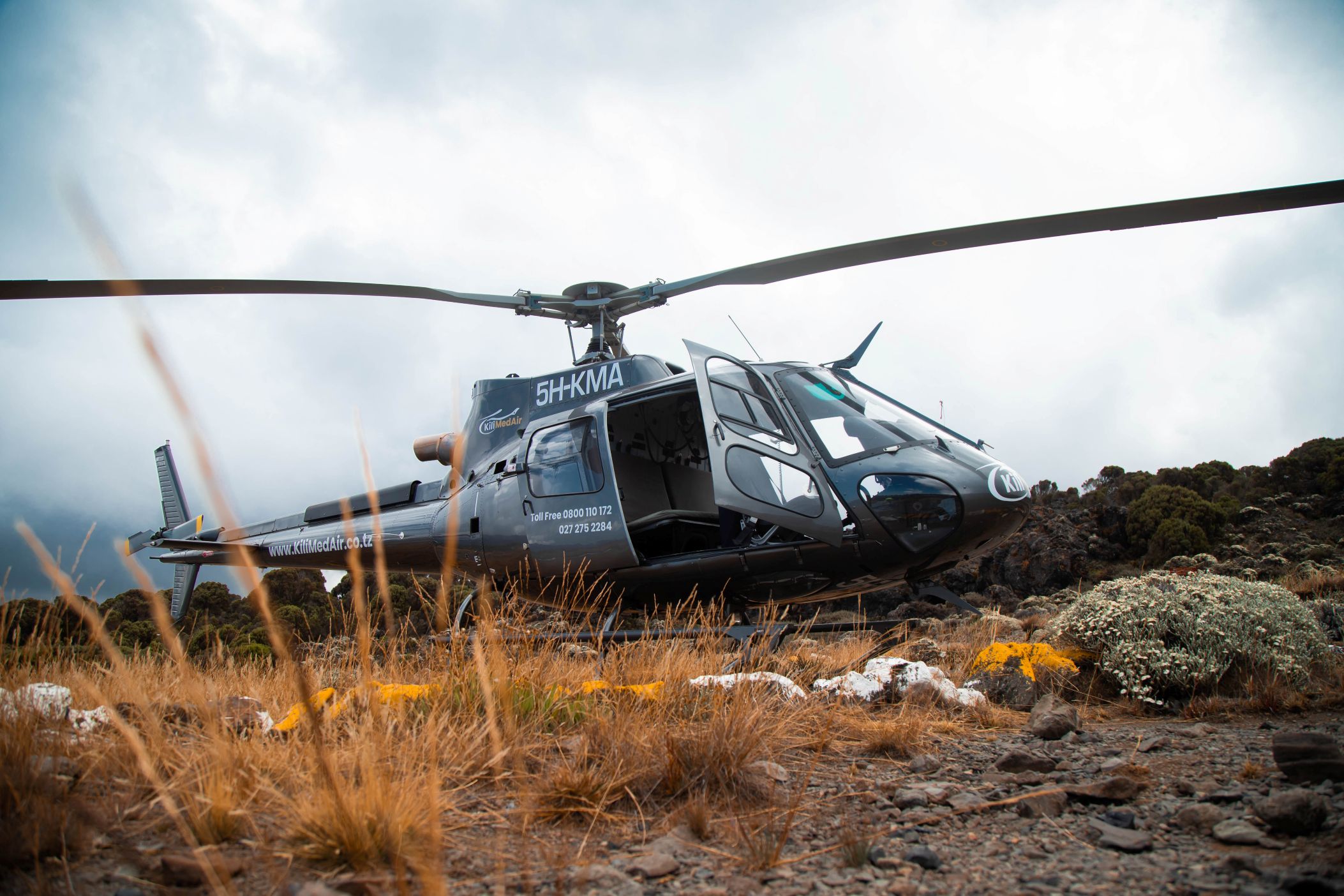Climb Kilimanjaro Safely with Kilimanjaro Lifetime Adventures
Mount Kilimanjaro is more than Africa’s highest peak it’s a once-in-a-lifetime adventure that demands careful attention to health and safety. As you ascend through five unique climate zones toward the Uhuru Peak at 5,895 meters, your body experiences dramatic environmental changes. Ensuring your well-being during this journey is not only essential it’s our top priority.
Why Health Matters on Kilimanjaro
The biggest challenge when climbing Kilimanjaro is not the terrain but the altitude. Symptoms of Acute Mountain Sickness (AMS) headaches, nausea, dizziness, and fatigue can occur as oxygen levels decrease. Proper acclimatization, physical fitness, and expert guidance are essential to a safe and successful summit.
At Kilimanjaro Lifetime Adventures, your health is our mission. We combine experienced mountain guides, and top-tier safety equipment to ensure all climbers and crew are closely monitored and well-supported from base to summit.
How Kilimanjaro Lifetime Adventures Keeps You Safe
Whether you’re an experienced trekker or a first-time climber, choosing a reputable Kilimanjaro tour company makes all the difference. At Kilimanjaro Lifetime Adventures, we have built a reputation for safe, responsible, and affordable Kilimanjaro treks.
Here’s how we protect your health at every step:
Daily Health Monitoring
Each climber undergoes twice-daily health checks using a pulse oximeter, a device that measures oxygen saturation and heart rate. Our guides record this data to identify any early signs of acclimatization issues and make informed decisions about your climb.
Medical Equipment on Every Climb
We equip every expedition with:
- Emergency oxygen cylinders for immediate aid.
- First Aid kits with comprehensive supplies.
- VHF radios, and mobile communication tools to maintain contact with base support and emergency services.
- Wilderness First Responders (WFR)
All of our mountain guides are certified Wilderness First Responders, trained to recognize and manage high-altitude illnesses and other medical conditions. Our team attends annual training and re-certification sessions, ensuring they remain up to date with the latest emergency response practices.
Our promise: If a medical emergency occurs, our guides are trained to act swiftly with evacuation procedures even in harsh weather or remote terrain.
Health and Safety for Our Mountain Crew
We believe in ethical climbing practices and that includes caring for our porters, cooks, and guides. Our supporting team receives:
- Adequate nutrition and hydration throughout the climb.
- Proper mountain gear, warm clothing, and shelter.
- Medical checks and access to the same safety equipment as clients.
- Fair treatment and working conditions according to KPAP (Kilimanjaro Porters Assistance Project) guidelines.
We know that a strong and healthy team is the foundation of a successful Kilimanjaro trek and we treat them like family.
Emergency Evacuation by Helicopter on Mount Kilimanjaro
At Kilimanjaro Lifetime Adventures, your safety is our top priority. That’s why we have established a strong and reliable partnership with the leading helicopter evacuation company on Mount Kilimanjaro Kilimedier. This partnership ensures that all our climbers and mountain crew receive prompt assistance in case of a medical emergency, especially for altitude-related illnesses such as Acute Mountain Sickness (AMS) or other urgent health complications.

How the Kilimedier Evacuation System Works:
- Pre-Climb Preparation: Before every Kilimanjaro expedition, we submit important information for each climber to Kilimedier. These details include full names, passport numbers, emergency contacts, medical conditions, and insurance information. This enables rapid coordination if evacuation becomes necessary.
- High-Altitude Capability: Kilimedier uses specially equipped Airbus AS 350 B3 helicopters, which can land and rescue climbers from altitudes of up to 4700 meters.This makes them highly suitable for Kilimanjaro’s rugged terrain and extreme elevations.
- Rapid Response Time: In the event of a medical emergency, rescue can take place within minutes (weather permitting), with key pick-up points including camps like Barranco, Barafu, and Horombo and near Kibo Hut. The climber is then airlifted directly to a modern hospital in Moshi for further treatment.
- Direct Communication: Our mountain guides are in constant communication with Kilimedier via VHF radios, ensuring quick emergency response even from remote, high-altitude areas on the mountain.
Travel Insurance Covering Up to 6,000 Meters
To benefit from this life-saving service, every climber must have comprehensive travel insurance that covers high-altitude trekking up to at least 6,000 meters. The insurance policy should clearly include:
- Helicopter evacuation
- Emergency medical treatment at high altitude
We strongly recommend trusted providers such as Global Rescue, World Nomads, or Ripcord, who offer policies specifically designed for Kilimanjaro expeditions
.
✅ Important: Without proper insurance, the cost of helicopter evacuation and emergency treatment can exceed $5,000 USD. Always confirm with your provider that your policy covers trekking above 5,000 meters and includes emergency evacuation.
Why Trust Kilimanjaro Lifetime Adventures with Your Safety?
- We submit all your emergency details to Kilimedier before your trek begins eliminating delays in real emergencies.
- Our guides are trained in Wilderness First Responder protocols and know exactly when and how to initiate helicopter rescue.
- We use modern safety tools, including pulse oximeters, radio call, emergency oxygen cylinders, and reliable evacuation support, ensuring the highest level of safety on the mountain.
By climbing Mount Kilimanjaro with Kilimanjaro Lifetime Adventures, you are placing yourself in the hands of a team that truly cares about your health, safety, and successful summit experience.
Why Booking Tours with Us?
- Full-time Support
- We are Experts
- Personalized Affordable Service
- Flexible Itineraries
- Safety Standards
We, at Kilimanjaro Lifetime Adventures, provide the best Kilimanjaro Hiking Packages for Affordable Prices. Get in touch Now!



